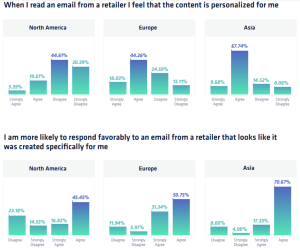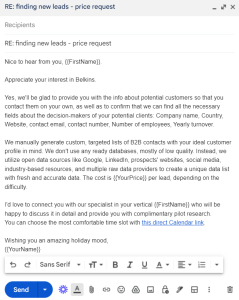Though your employees may show up each morning with bright, smiling faces, secretly (or sometimes not), 70% of them are just not that into you. They may say they are satisfied, but are their hearts really into it? Generally, you won’t know until they bolt when the next hot job opportunity comes along.
Personally, I’ve been guilty of this attitude in the  past. In one of my first corporate jobs, I was thoroughly engaged – working long hours and finding ways to show my value. Then one day, my eagerness backfired. “If I promote you, I can’t possibly find someone to replace your current position and everything you do. You run a well-oiled machine. Why would I ruin that?” said one of my managers.
past. In one of my first corporate jobs, I was thoroughly engaged – working long hours and finding ways to show my value. Then one day, my eagerness backfired. “If I promote you, I can’t possibly find someone to replace your current position and everything you do. You run a well-oiled machine. Why would I ruin that?” said one of my managers.
Needless to say, this conversation quickly deflated any sense of engagement for me. At the same time, I learned something very valuable: Disengagement is not a sign that employees don’t care. It’s a disconnect between executive leadership and their employees.
Disengagement is not about caring – it’s about connecting
Even though most employers provide the basic benefits and incentives employees want, there are some intangible incentives that employee value even more. According to the latest Workforce 2020 research from Oxford Economics, sponsored by SAP, employees indicated that they want to know that their work is meaningful and serves a significant purpose. They desire recognition for their performance and success, education opportunities to expand their skill sets, and career advancement.
Unfortunately, this is not happening in most companies. In fact, executives painted a different picture with their belief that bonuses, training, benefits, and personal recognition enhance engagement.
When you look at the gap between what executives think and what employees want, you can easily see the problem. More money and perks are not the answer to creating a more engaged workforce. Instead, executives have to reach the hearts of their employees to create a culture that meets their core needs.
It’s time to start courting your existing workforce all over again
Last year, The Energy Project, in collaboration with Harvard Business Review, explored factors that influence engagement and productivity at work. Across the board, the study revealed that employees are most satisfied and productive when four core needs are met:
- Overall physical well-being
- General feeling of being valued and appreciated for contributions
- Mental challenges that are invigorating, meaningful, and well-defined
- Spiritual connection of serving a higher purpose at work and doing what they enjoy and/or do best
Whenever these needs are supported, employees are more likely to be engaged, loyal, and full of positive energy. More important, stress levels are lower. The more needs that are met, the more likely employees decide to stay and become an active contributor to the overall business’ success.
But first, you must create a workplace culture that addresses and nurtures these basic needs. Check out the infographic A Guide to Employee Engagement for a five-step approach to increasing employee engagement.
What do you think? How do you keep employee engagement alive in your company? Please share your story!
(231)
Report Post








